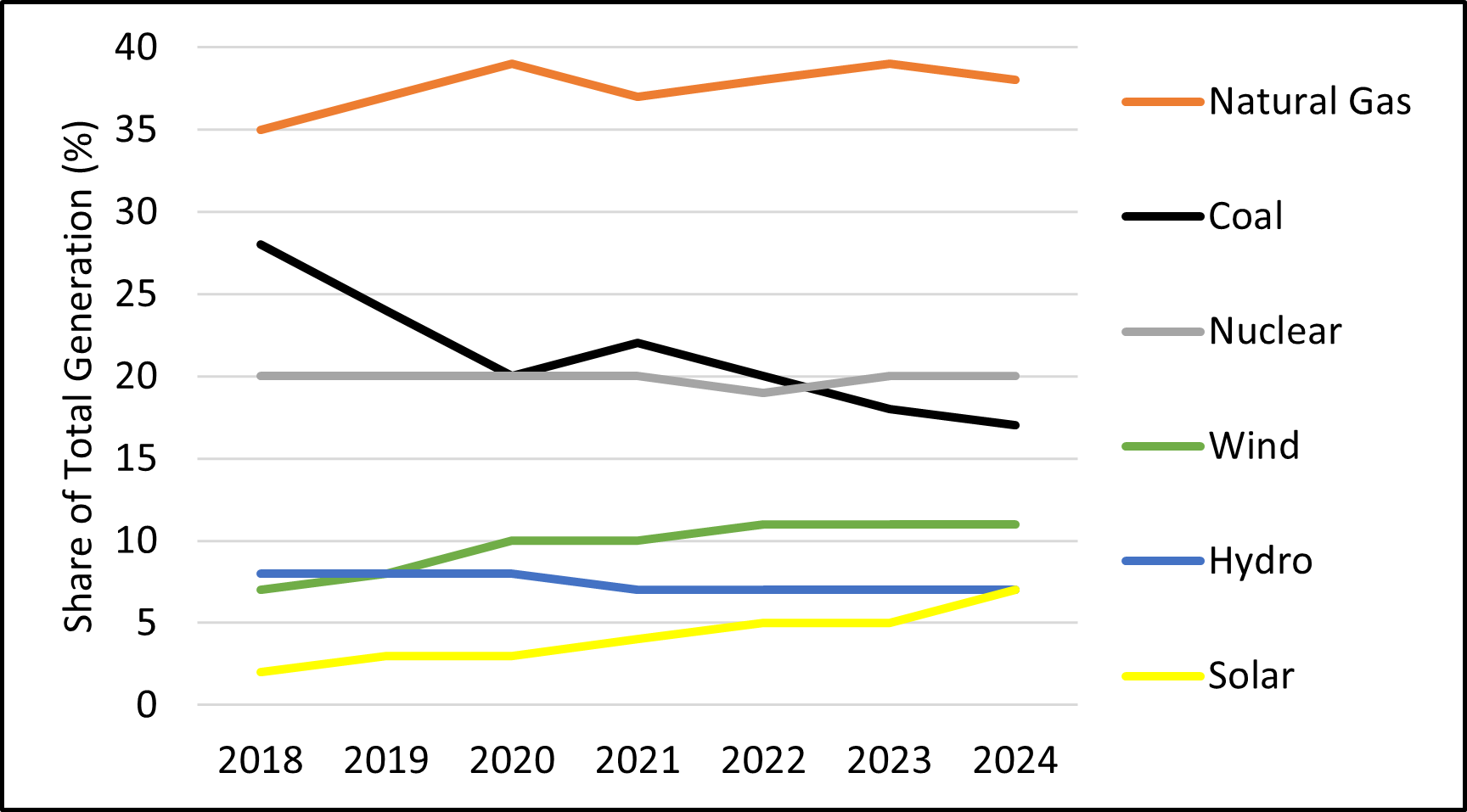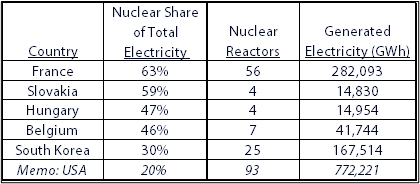Blog Post
Insight: Nuclear in Utah’s Energy Mix
By: Thomas Holst
Note: The opinions expressed are those of the author alone and do not reflect an institutional position of the Gardner Institute. We hope the views shared contribute to the marketplace of ideas and help people as they formulate their own INFORMED DECISIONS™.
Utah’s energy mix currently features coal, crude oil, and natural gas to generate electricity. The mixture will soon include nuclear power.
-
- The Utah Associated Municipal Power Systems (UAMPS) nuclear plant commences operations in 2029, serving communities across seven western states.
-
- PacifiCorp plans a nuclear plant in Emery County in 2032, replacing two coal-fired power plants.
Nuclear power currently contributes 20% of U.S. electricity generation, but this percentage may increase. Developers constructed most U.S. coal-fired power plants in the 1970s and 1980s. Replacements for these plants now compete with efficient, modern power plants and low-cost renewable energies.
The U.S. Energy Information Administration’s short-term energy outlook shows carbon fuels declining while nuclear and renewable energies increase (Figure 1).
Figure 1: Forecast Share of U.S. Electricity Generation by Power Sector, 2018-2024

Note: 2023 and 2024 are projected shares.
Source: U.S. Energy Information Administration, Short-Term Energy Outlook with 2023 & 2024 projections.
Is nuclear a trusted baseload energy internationally? Fifteen countries use higher shares of nuclear power in their electricity sector than the United States. However, the United States generates more GWh of nuclear power than any other country (Figure 2).
Figure 2: Nuclear Power by Country, 2022

Source: International Atomic Energy Agency
An era of safer nuclear technologies commenced after meltdowns in Chernobyl, Ukraine (1986) and Fukushima, Japan (2011). My wife and I lived in Moscow in 1991. Muscovites still carried Geiger counters when buying fruit and vegetables at local markets, fearing radiation from the Chernobyl plant 500 miles west of Moscow.
One example of a safer nuclear technology is the Small Modular Reactor (SMR) design, approved by the U.S. Nuclear Regulatory Commission in July 2022. UAMPS’ nuclear plant will feature this technology. SMR design advantages include:
-
- SMRs are smaller and modular, allowing for more effortless scalability. Power plant operators can deploy modules to match energy demand more precisely.
-
- Modules allow for standardized manufacturing, reducing construction costs.
-
- Modules generate less heat than large-scale nuclear plants, reducing accident risks.
Twenty-eight U.S. states currently have nuclear-generated electricity. New Jersey (85%), Connecticut (81%), and South Carolina (78%) are the most significant users of nuclear-generated electricity.
Nearly 90% of U.S. nuclear reactors are located east of the Mississippi River. However, this statistic will change with the addition of UAMPS’ and PacifiCorp’s nuclear projects.
Thomas Holst is the Senior Energy Analyst at the Kem C. Gardner Policy Institute. He specializes in researching the economic impact of Utah’s energy industry and analyzing energy economic development scenarios.
